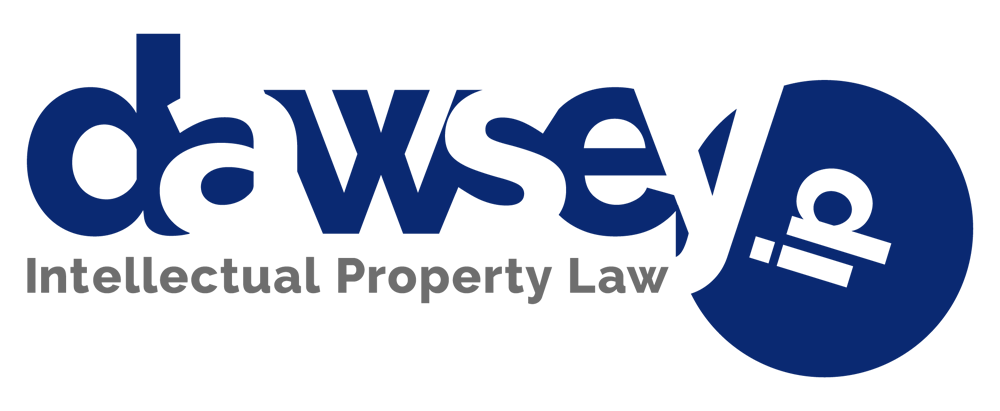
Inventorship
© 2002, Dawsey Co., LPA
May 2002
The popular conception of the solo inventor is that of the lone wolf, heroic and independent, laboring long hours in total isolation to come up with a patentable invention. How true this may be remains arguable, but from a practical standpoint, how many ideas in this world spring forth fully formed in the mind of a single individual, with no suggestion or influence from the works of others? As a result, it is important to consider the concept of inventorship in U.S. Patent law.
Unlike many other world jurisdictions, the United States has no nationality requirement, nor does the U.S. allow anyone other than the “true inventor” to file for a patent. In fact, 35 U.S.C. §102(f) requires that all joint inventors file for the patent. Although there are some exceptions for unavailable inventors, this means that the question of inventorship is a threshold issue that must be determined before an application can even be properly considered.
The courts have held that conception of an idea is the touchstone of inventorship. The picture becomes less clear when we must consider the nature of conception. Conception is more than an incidental suggestion and more than carrying out the instructions of another to build a prototype. To be legitimate joint inventors, the U.S. Supreme Court has said that the efforts of each must be a true collaboration, that is, the collaborators worked together toward a common and final end that was only achieved by, and because of, the united efforts of the team. Notice that this definition does not require that co-inventors to both contribute to each and every feature of the inventor, nor is there any requirement that they work together in the same physical location or at the same time.
Most interesting, and most problematic, there is no requirement that co-inventors make equal contributions to the final invention. For example, a small, but critical breakthrough contributed by one contributor may entitle him or her to joint inventor status. On the other hand, an inventor is free to incorporate non-essential suggestions to the final invention without sharing inventorship.
The key lies in an assessment of the criticalness of the contribution to the final invention rather than to look at status issues such as who is “merely” supplying materials or acting in an assistant’s role. In a case where an inventor failed to accord joint inventor status to those who supplied materials and critical data to the named inventor’s understanding of the patented subject matter, the court invalidated the patent. Similarly, an assistant or employee can make critical improvements to an idea that raise him or her to the level of a joint inventor.
A frank discussion with a patent professional is very important. Discuss the various people who have been involved with your project and what their contributions have been. Set any ego considerations aside and frankly admit the contributions, if any, of others. Better to sort out difficult questions of inventorship before the application is filed than to face charges of inequitable conduct before the Patent and Trademark Office or courts that can void all patent protections!
